Summer Safety - Heading to the Beach
Published: June 30, 2015l
By Stamford Health Staff
It’s finally summer. After the 26 feet (unconfirmed) of snow we got during the winter, people are heading for the beaches and pools and barbecues in droves. Despite the excitement, there’s a lot to think about. First and foremost: safety, but also nutrition and avoiding such things as poison ivy or insects that bite, leaving you with itchy welts. Summer is indisputably the best time of year and we are at the ready with a series on outdoor safety to provide some guidance on how to deal with summer’s less-than pleasantries.
The Sun
- Sunburn may occur in as little as 15 minutes in midday sun, with no sun protection.
- The sun is strongest between 11 a.m. and 2 p.m.
- A few serious sunburns can increase your child’s risk of getting skin cancer.
- Only 15% of high school students routinely use sunscreen.
- Being proactive is everything in seeking to prevent sunburn, because it’s a stealthy irritation. As opposed to a bug bite, where the pain is experienced almost immediately, a person could spend several hours in the sun without feeling the effects. The damage will have been building up during that time, however, and the pain and irritation will last for days following the time spent in the sun. Wear a hat, because it’s very easy to get a burned scalp.
- The sun can be a little ubiquitous in the summer months, can’t it? Even the most diligent sunburn fighters can get one here and there.
- When that happens, here are Five Ways to Treat a Sunburn from Skin Cancer Foundation:
- Act Quickly
- Moisturize
- Hydrate
- Don’t Wait to Medicate
- Assess the Damage
Skin Cancer & Melanoma
- Connecticut’s skin cancer rate is 20.5-22.8 per 100,000, in the higher third of the country.
- Melanoma is the most serious form of skin cancer and has been increasing. The number of new cases has been steadily rising over the past two decades.
- Slip, slop, slap. Slip on a shirt, slop on some sunblock, slap on a hat.
- Reduce your risk and exposure:
- Seek shade, get covered early & often
- Use sunscreen with SPF 30 or higher that is stamped with having UVA and UVB protection.
- Apply liberally and often, and not just when going to the beach or pool.
- Wear a hat and sunglasses. Sunglasses should block 99% UVA and UVB rays.
- Ultraviolet light is a known human carcinogen, and unprotected exposure to it is the most easily corrected and preventable risk factor for skin cancer.
- Consult the Connecticut Skin Cancer Fact Sheet
This time of year is all about fun in the sun, and it’s important to remember to stay protected. Enjoy the sun and sand!
Featured Expert/ Author









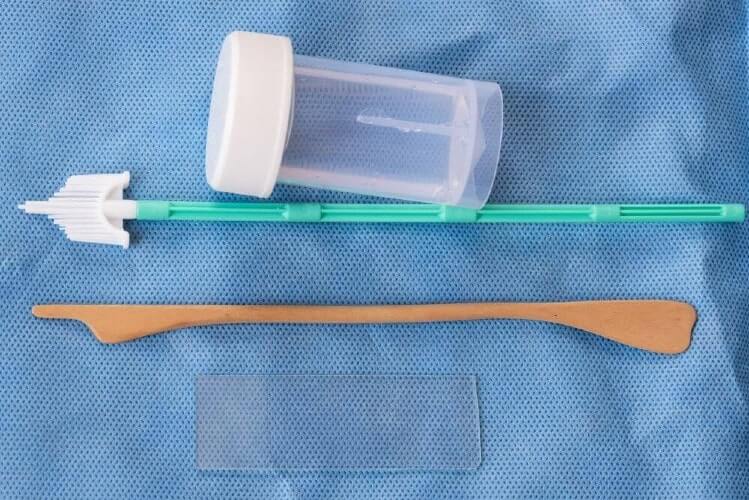














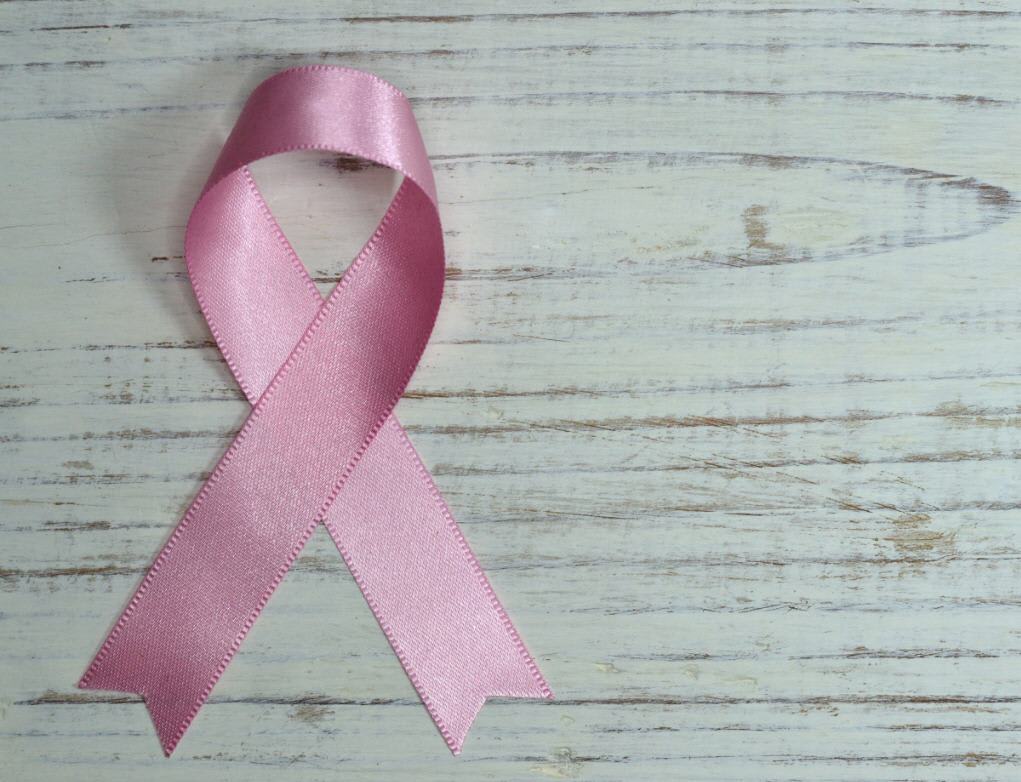
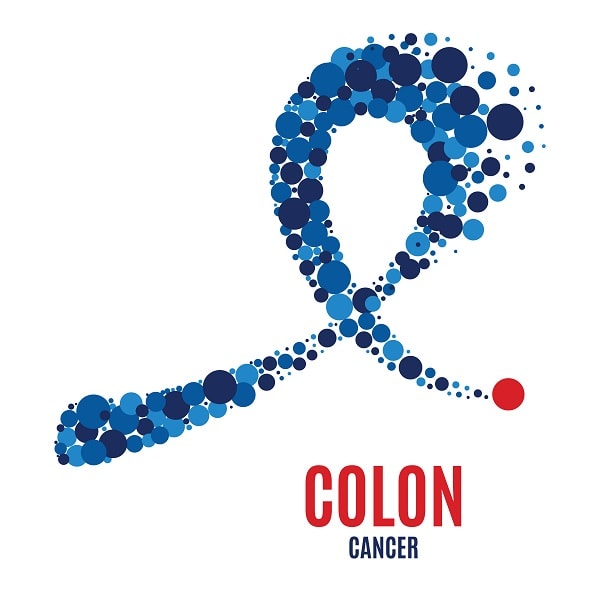

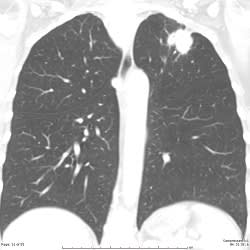













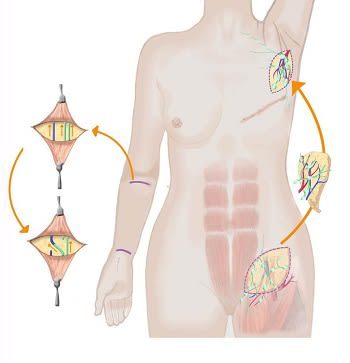






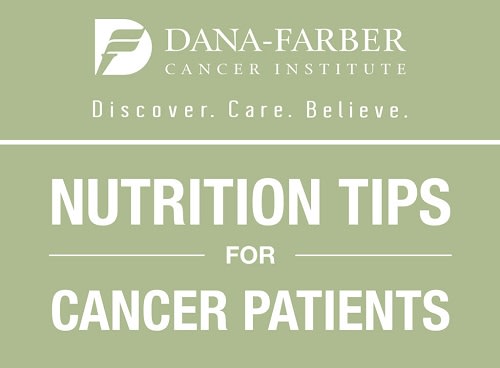




















)


)

)
)



